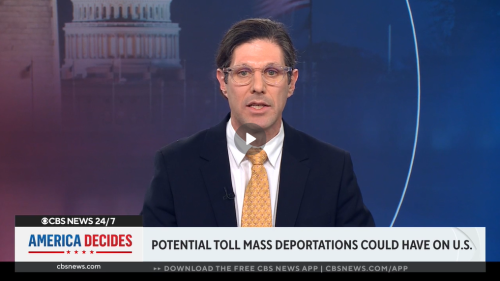Like many immigrants, money drew Kazi Mannan to the United States. Making enough to support his father and nine siblings in Pakistan meant not only doing the jobs many Americans shun, but also working the hours many Americans won’t.
So the day after he arrived in Washington in 1996, Mannan began working the graveyard shift — from 6 p.m. until 8 a.m. — as a gas station cashier in Northeast, seven nights a week for $2.50 an hour.
“They said I was going work like a donkey. I was grateful,” Mannan said. “I wanted the work.”
Mannan’s experience is repeated today among the 5.5 million foreign-born workers in the United States who work evenings, overnights, and weekends, accounting for a quarter of the immigrants in the labor force.
Immigrants are 15.7 percent more likely to work these “off” hours than American-born workers, according to a new study to be released this week. They are 25.2 percent more likely to cover weekend shifts — compared with native-born workers with similar demographic characteristics such as education level, location, and whether they are married or have children.
Read the full story from The Washington Post: ‘They said I was going to work like a donkey. I was grateful.’
Read our report: On the Clock How Immigrants Fill Gaps in the Labor Market by Working Nontraditional Hours



